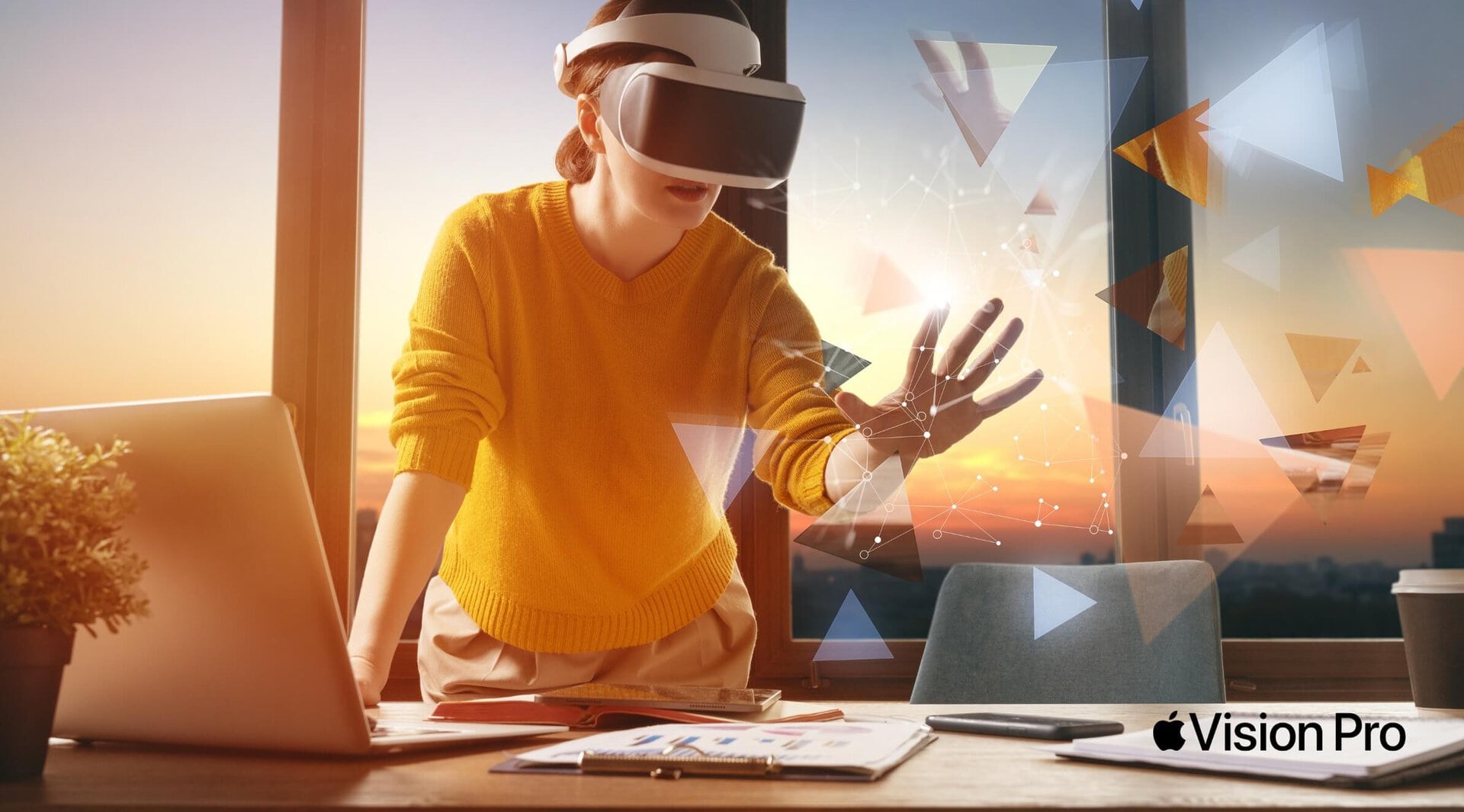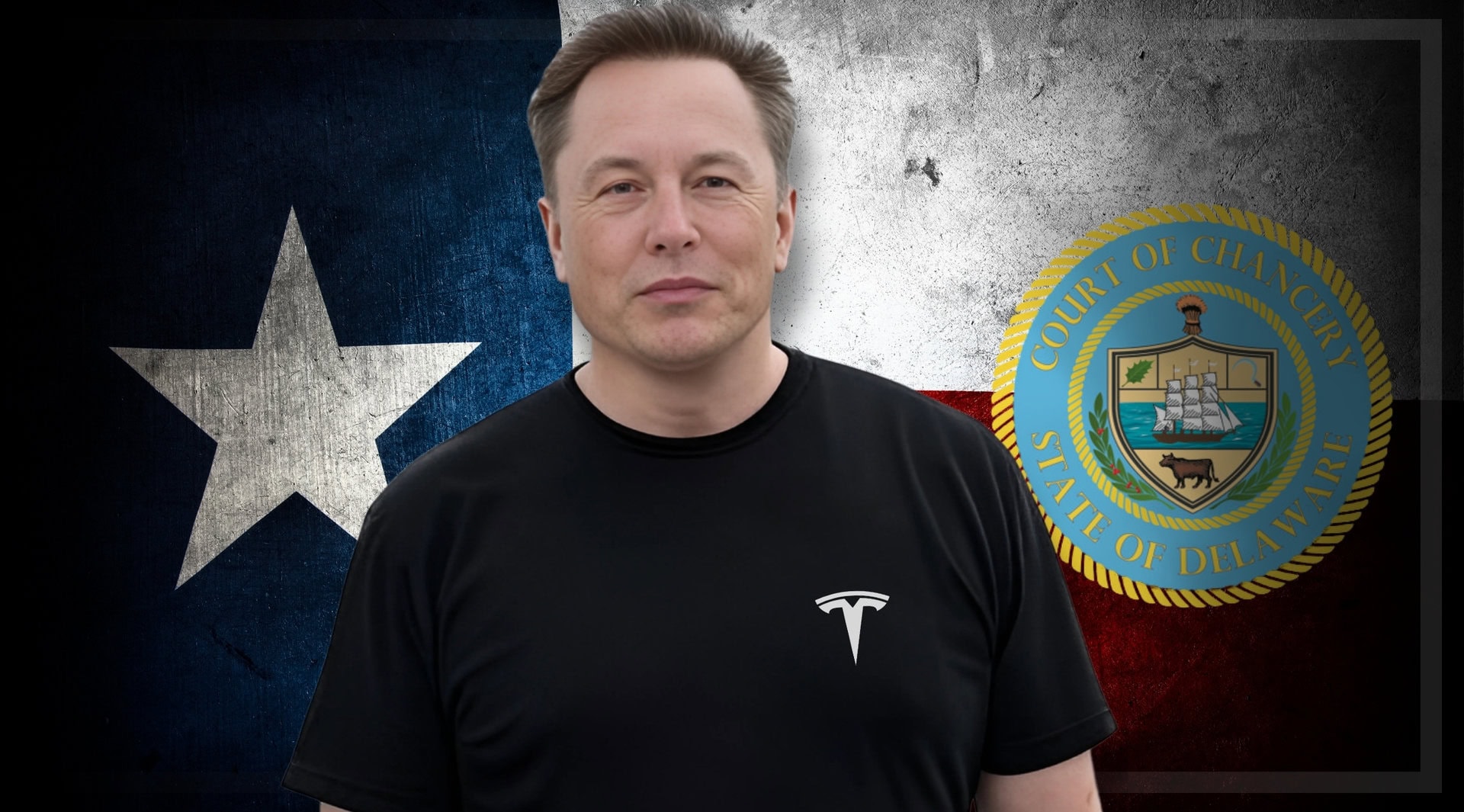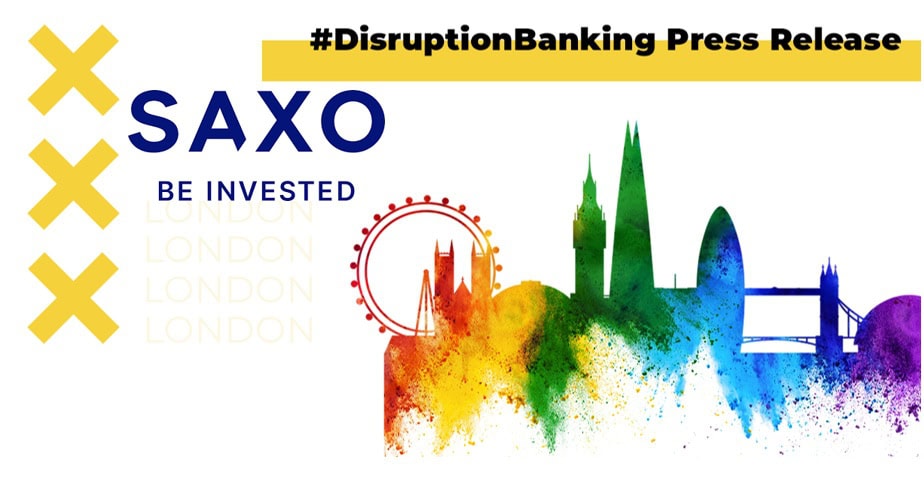“Apple Vision Pro will change the way we communicate, collaborate, work, and enjoy entertainment.” So said Apple CEO Tim Cook at its grand unveiling on 5 June.
Unless you’ve been living under a rock recently, you’ll have seen news of Apple’s new MR (mixed reality) headset. In case you missed it, Cook told people, “With Vision Pro, you’re no longer limited by a display. Your surroundings become an infinite canvas… Vision Pro blends digital content into the space around us. It will introduce us to Spatial Computing.”
Which all sounds lovely when you just read the words. Then you look at the reality (pun intended) and its price, a whopping $3,500.
Apple has unveiled its long-awaited mixed reality headset, the Apple Vision Pro, describing it as its first “spatial computer” which seamlessly blends digital content with the physical world.#AppleVisionPro #AugmentedReality #Meta https://t.co/VkQS1KnUXB
— Reuters Plus (@ReutersPlus) June 6, 2023
What is Apple’s Vision Pro?
The Apple Vision Pro is an MR headset. For the uninitiated, mixed reality is a mix of virtual reality and augmented reality.
The Vision Pro could be used purely as a screen like other VR devices. The VR market is currently dominated by Oculus from Meta. Its Oculus Quest 2 dominates with an incredible 75% share of the market. That translates to $5.2 billion of revenues from a headset costing $400 – 500 depending on the model.
Or the Vision Pro can be used for augmented reality. It becomes semi-transparent, allowing the user to interact with the world around them through the screen in front of their eyes. In the AR market, the Google Glass Enterprise 2 regularly tops lists as the current market best. It retails for around $1,000.
By blending VR and AR together, Apple is looking to become the headset of choice in the emergent Mixed Reality (MR) space. Users can switch between a closed VR space and an open AR space where they can interact with the world around them.
At a technical level, the Vision Pro is like having a 4k screen in front of both your eyes. It uses pixels 64 times smaller than an iPhone. It has an M2 processor, the same as Apple’s MacBook laptops which is paired with a purpose built “R1” chip.
Indeed, all this technicality and what the Apple Vision Pro can do is impressive. Despite the negatives, which can’t be ignored, Apple have produced an incredible bit of kit. They’ve also stuck that incredible $3,499 price tag on it, firmly angling at a niche market.
Who will use the Vision Pro?
Who exactly Apple think is going to use the new headset is an important question. Apple is so sure its headset will change the way we use hardware, it has supposedly projected initial sales targets of 150,000.
That’s down from a reported 300,000. Itself down from 1,000,000 units as first projected by investors.
Apple slashes sales target for its new MR headset: Sources$AAPL has lowered its sales target for the new mixed-reality (MR) headsets to 150k units, considerably down from over 1 million units as projected earlier.
— Special Situations 🌐 Research Newsletter (Jay) (@SpecialSitsNews) June 8, 2023
https://t.co/2z8PGzOs2y #pulse
Yes, you read that correctly. So certain of its first new hardware since 2016 (the Apple Watch), the company has reportedly cut sales targets for the Vision Pro by 85% within 48 hours of announcing it. That 85% is possibly being generous. According to Bloomberg, Apple originally touted 3 million units a year before scaling down expectations.
So, who are these 150,000 customers? Well, for now MR seems very much to serve a market for remote workers working on very visual, collaborative projects. For them, the technical capabilities make the potential to work across projects in such an interactive environment is fantastic. But there aren’t very many of them. Besides which, the current market options on offer are a fraction of the price.
For the average layman, even the average Apple-fanboy, the Vision Pro doesn’t offer very much, yet. While the company announced a limited range of apps when it does hit the shelves, most analysts expect Apple is looking ahead 5 – 10 years down the line. Perhaps by then the world will have become more accustomed to wearing a pair of ski goggles all day.
How did the market react?
The stock market reaction was fast and clear. Over the 24 hours around the announcement, Apple first hit an all-time high of $184.57. It then plummeted back down to $177.79, a decrease of 3.6%. But the market also knows Apple is not a one-hit wonder, newcomer. At time of writing, the price has reached new all-time highs of around $187.
The best memes and reactions to Apple's new Vision Pro https://t.co/1ZLeRXtx4C
— indy100 (@indy100) June 7, 2023
Outside of the market, social media memes had a field day. But the news recognises the technological advances Apple is making with the Vision Pro. Many, like us, also wonder how quickly this new tech will be adopted. The Vision Pro is laying the groundwork for a potential wave. While the metaverse hasn’t taken off as well as Mark Zuckerberg expected, advances in tech and how we engage in it continue apace.
It would be a fool’s errand to write off Apple. Even with production issues on hardware in China, the company has such a wide offering of services that income streams continue to diversify. The Vision Pro may be too pricey to gain immediate market traction but mixed reality isn’t going away and Tim Cook clearly believes in its future potential. Watch this space…
Author: Mike Davies
#Apple #Tech #VisionPro















